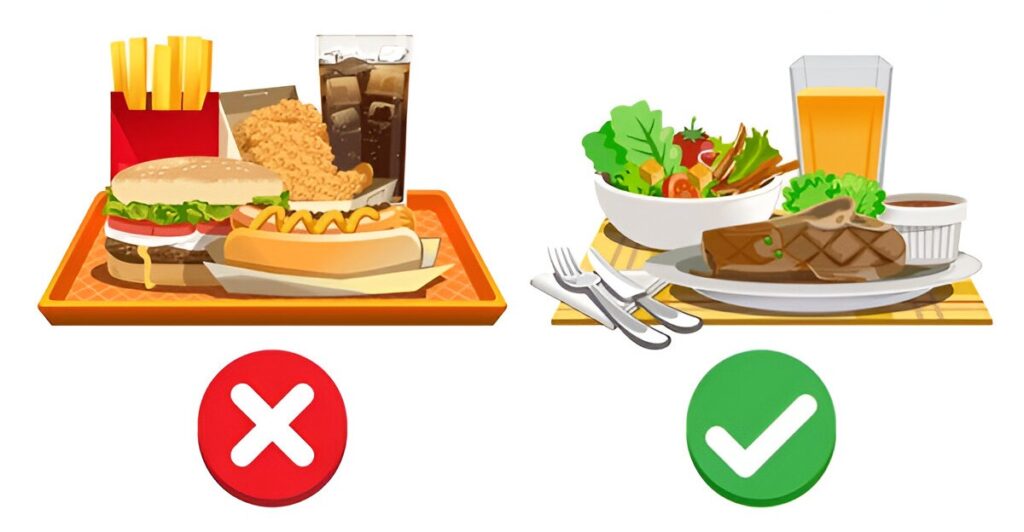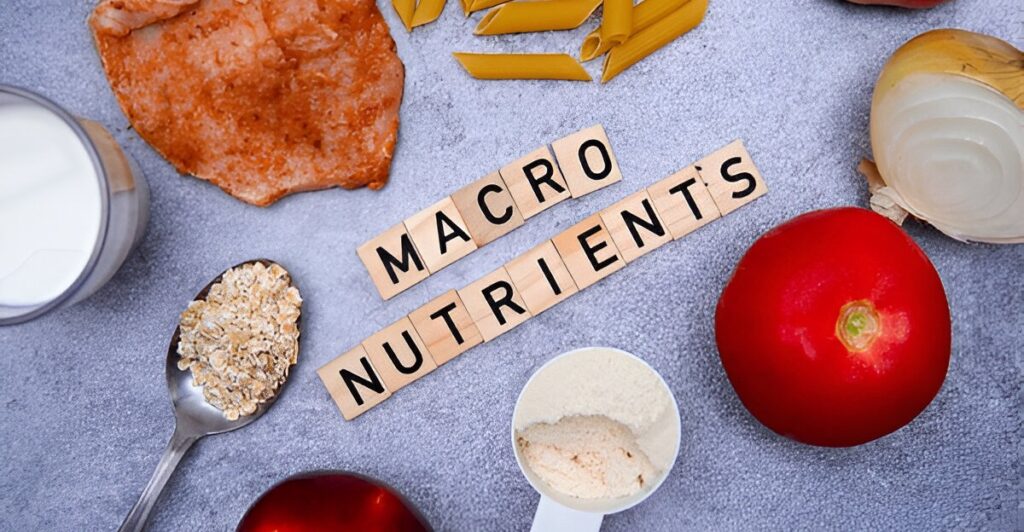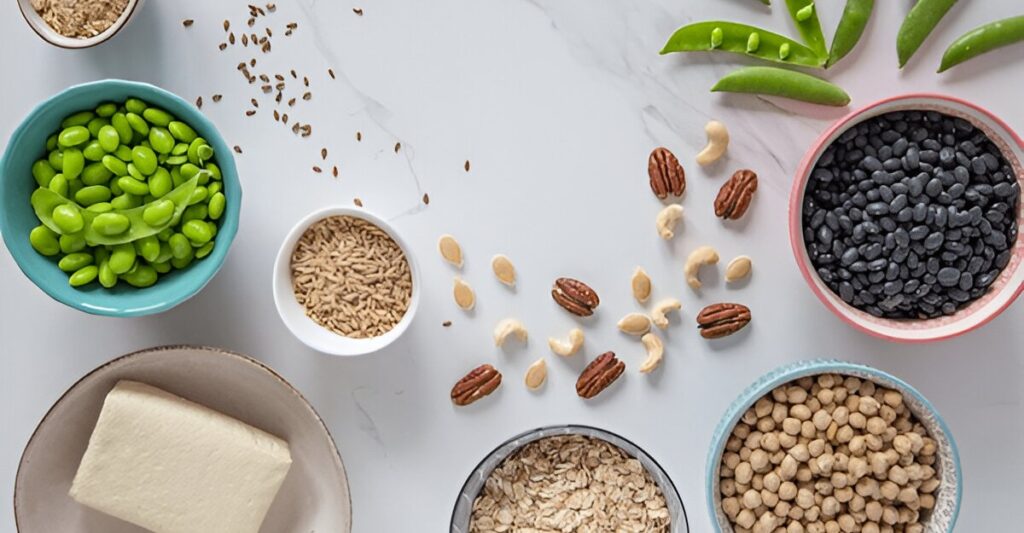Fats are a vital part of a balanced diet, but not all fats are created equal. Understanding the difference between healthy vs unhealthy fats can transform your eating habits and boost your overall health. This beginner-friendly guide breaks down the types of fats, their effects on your body, and practical tips for choosing the right ones to fuel your wellness journey.
Why Fats Matter in Your Diet
Fats are one of the three macronutrients (alongside carbohydrates and protein) that provide energy, support cell growth, and help your body absorb essential vitamins. However, the type of fat you consume makes a big difference. This healthy vs unhealthy fats guide will help you navigate food choices to support heart health, energy levels, and long-term wellness.
Choosing healthy fats can improve cholesterol levels and reduce inflammation, while unhealthy fats can increase the risk of heart disease and other health issues. Let’s explore the key differences.
Types of Fats: Healthy vs. Unhealthy
To master healthy vs unhealthy fats, you need to know the four main types of dietary fats and their impact on your body.
Healthy Fats
1. Monounsaturated Fats
- What They Are: Found in plant-based oils and foods, these fats are liquid at room temperature.
- Benefits: Improve heart health by lowering bad (LDL) cholesterol and raising good (HDL) cholesterol. They also reduce inflammation.
- Sources: Olive oil, avocados, almonds, peanuts, and sesame seeds.
- Why Choose Them: Monounsaturated fats are a cornerstone of heart-healthy diets, like the Mediterranean diet.
2. Polyunsaturated Fats
- What They Are: Include omega-3 and omega-6 fatty acids, essential fats your body can’t produce on its own.
- Benefits: Support brain function, reduce inflammation, and lower heart disease risk. Omega-3s are especially beneficial for heart and brain health.
- Sources: Fatty fish (salmon, mackerel), walnuts, flaxseeds, chia seeds, and sunflower oil.
- Why Choose Them: These fats are critical for overall health and should be a regular part of your diet.
Unhealthy Fats
3. Saturated Fats
- What They Are: Found mostly in animal products, these fats are solid at room temperature.
- Effects: Can raise LDL cholesterol, increasing heart disease risk if consumed in excess. However, moderate amounts may be fine in a balanced diet.
- Sources: Butter, cheese, red meat, coconut oil, and palm oil.
- Why Limit Them: While not as harmful as once thought, overconsumption can negatively affect heart health.
4. Trans Fats
- What They Are: Artificially created fats (partially hydrogenated oils) used in processed foods to extend shelf life.
- Effects: Raise LDL cholesterol, lower HDL cholesterol, and increase the risk of heart disease, stroke, and type 2 diabetes.
- Sources: Fried foods, margarine, packaged baked goods (cookies, cakes), and some fast foods.
- Why Avoid Them: Trans fats have no health benefits and are considered the most harmful type of fat.
Healthy vs. Unhealthy Fats: How They Affect Your Health
Understanding healthy vs unhealthy fats means knowing their long-term impact:
- Healthy Fats (Monounsaturated and Polyunsaturated):
- Promote heart health by improving cholesterol levels.
- Support brain function and mental clarity.
- Aid in absorbing fat-soluble vitamins (A, D, E, K).
- Reduce inflammation, potentially lowering the risk of chronic diseases.
- Unhealthy Fats (Saturated and Trans):
- Excess saturated fats may contribute to heart disease by raising LDL cholesterol.
- Trans fats significantly increase cardiovascular risks and inflammation.
- Can lead to weight gain when consumed in large amounts due to high calorie density.
By prioritizing healthy fats and minimizing unhealthy fats, you can optimize your diet for better health.
How to Choose Healthy Fats in Your Diet
This healthy vs unhealthy fats guide offers practical tips to incorporate more healthy fats and reduce unhealthy ones:
- Cook with Healthy Oils: Use olive oil or avocado oil for cooking and dressings instead of butter or margarine.
- Eat Fatty Fish: Include salmon, sardines, or mackerel twice a week for omega-3s.
- Snack Smart: Choose nuts, seeds, or avocado slices over chips or cookies.
- Read Nutrition Labels: Check for “partially hydrogenated oils” (trans fats) and avoid products containing them.
- Limit Processed Foods: Reduce intake of fried foods, packaged snacks, and fast food, which often contain trans or saturated fats.
- Balance Saturated Fats: Enjoy moderate amounts of cheese or red meat, but pair them with vegetables and whole grains for balance.
- Incorporate Plant-Based Fats: Add chia seeds, flaxseeds, or walnuts to smoothies, oatmeal, or salads.
Sample Healthy Fat Meal: Grilled salmon (polyunsaturated fats), quinoa salad with olive oil dressing (monounsaturated fats), and a side of roasted vegetables.
How Much Fat Should You Eat?
Fats should make up 20–35% of your daily calories, with a focus on healthy vs unhealthy fats:
- Healthy Fats: Aim for most of your fat intake to come from monounsaturated and polyunsaturated fats.
- Saturated Fats: Keep below 10% of daily calories (e.g., 22 grams on a 2,000-calorie diet).
- Trans Fats: Aim for 0 grams, as even small amounts are harmful.
Example: On a 2,000-calorie diet, 400–700 calories (44–78 grams) should come from fats, primarily healthy sources like avocados or nuts.
Common Myths About Fats
This healthy vs unhealthy fats guide debunks myths that can confuse your food choices:
- Myth: All Fats Make You Gain Weight: Healthy fats are calorie-dense but can aid weight management by promoting fullness when eaten in moderation.
- Myth: Low-Fat Diets Are Healthiest: Cutting all fats can lead to nutrient deficiencies and cravings. Focus on healthy fats instead.
- Myth: Saturated Fats Are Always Bad: In moderation, saturated fats from whole foods like dairy can fit into a balanced diet.
- Myth: Margarine Is Healthier Than Butter: Many margarines contain trans fats, making them worse than butter in moderation.
Overcoming Challenges to Choosing Healthy Fats
Incorporating healthy vs unhealthy fats into your diet can be tricky. Here’s how to navigate common obstacles:
- Busy Schedules: Prep snacks like trail mix with nuts or keep pre-sliced avocados for quick, healthy fat sources.
- Dining Out: Ask for grilled or baked dishes and request olive oil-based dressings to avoid trans fats.
- Budget Constraints: Buy affordable healthy fats like sunflower seeds, canned sardines, or bulk olive oil.
- Taste Preferences: Gradually swap butter for olive oil in cooking or try nut butters instead of creamy spreads.
The Long-Term Benefits of Choosing Healthy Fats
Prioritizing healthy vs unhealthy fats offers lasting health rewards:
- Heart Health: Healthy fats lower bad cholesterol and reduce cardiovascular risks.
- Brain Function: Omega-3s support memory, focus, and mental well-being.
- Sustainable Nutrition: Healthy fats keep you satisfied, reducing overeating and supporting weight management.
- Reduced Inflammation: A diet rich in healthy fats may lower the risk of chronic diseases like arthritis or diabetes.
Tips for Beginners to Embrace Healthy Fats
New to navigating healthy vs unhealthy fats? Start with these simple steps:
- Start Small: Swap one unhealthy fat (e.g., fried snacks) for a healthy one (e.g., a handful of almonds).
- Experiment with Recipes: Try avocado toast, salmon bowls, or olive oil-drizzled veggies.
- Learn Labels: Check for trans fats and prioritize products with healthy fat sources like nuts or seeds.
- Balance Your Plate: Include a healthy fat source in every meal for flavor and nutrition.
- Stay Curious: Explore new foods like chia pudding or flaxseed smoothies to keep things exciting.
Conclusion
Understanding healthy vs unhealthy fats is a powerful step toward better nutrition. By choosing monounsaturated and polyunsaturated fats over saturated and trans fats, you can support your heart, brain, and overall health. This healthy vs unhealthy fats guide gives you the tools to make smarter food choices without sacrificing flavor.
Ready to take action? Swap one unhealthy fat for a healthy one today, try a new recipe with olive oil, or check labels for trans fats on your next grocery trip. With the right fats, you’re on your way to a healthier, happier you.



